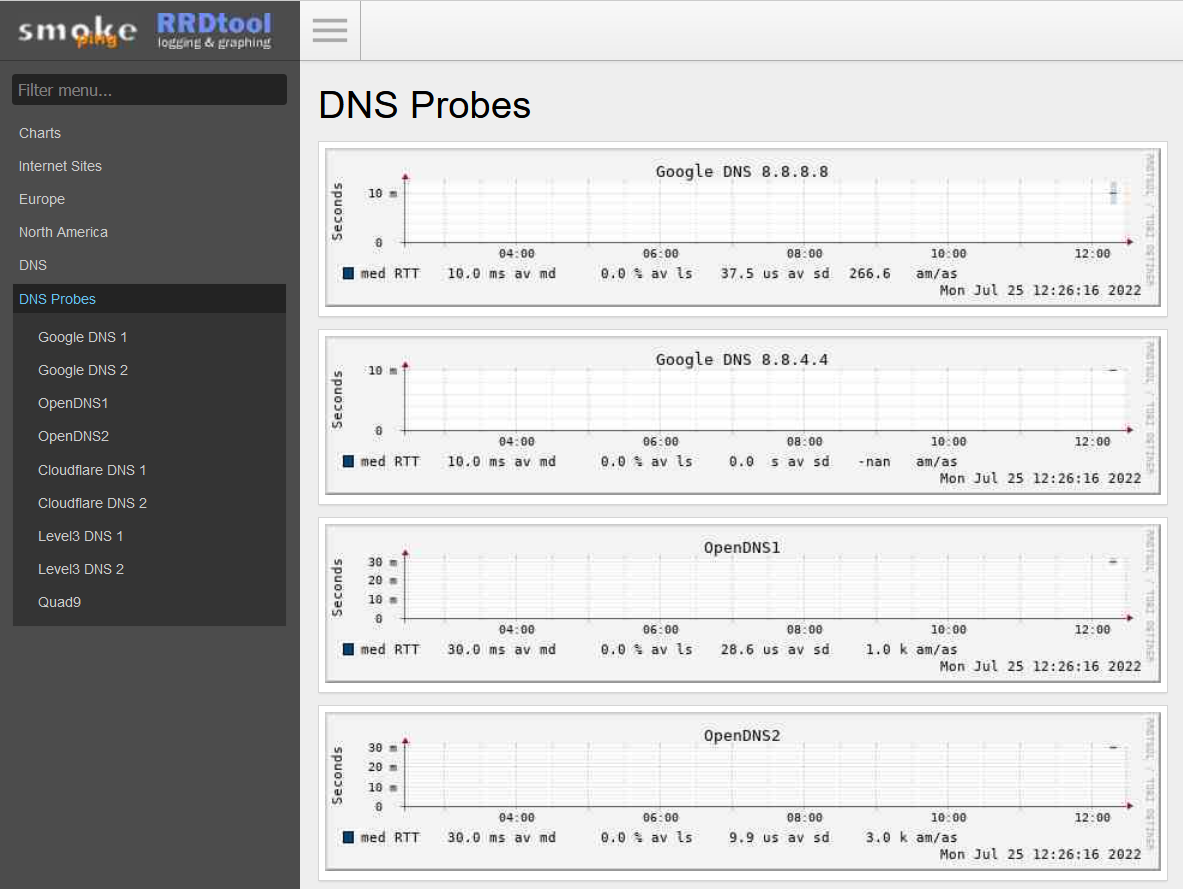SSH - Legacy Devices
Intro
sometime, one have to access to old and legacy devices. they may do not support the current ciphers and key algorithms, so, we have to modify the “.ssh/config” File or provide some additional cli arguments.
If you have todo this regualary, you may wanna extend the current parameters with the legacy ones like this:
Backup old config
you never know ;)
mv /etc/ssh/ssh_config /etc/ssh/ssh_config-$(date "+%s")
Install Updated Version
you have to copy/paste as root
